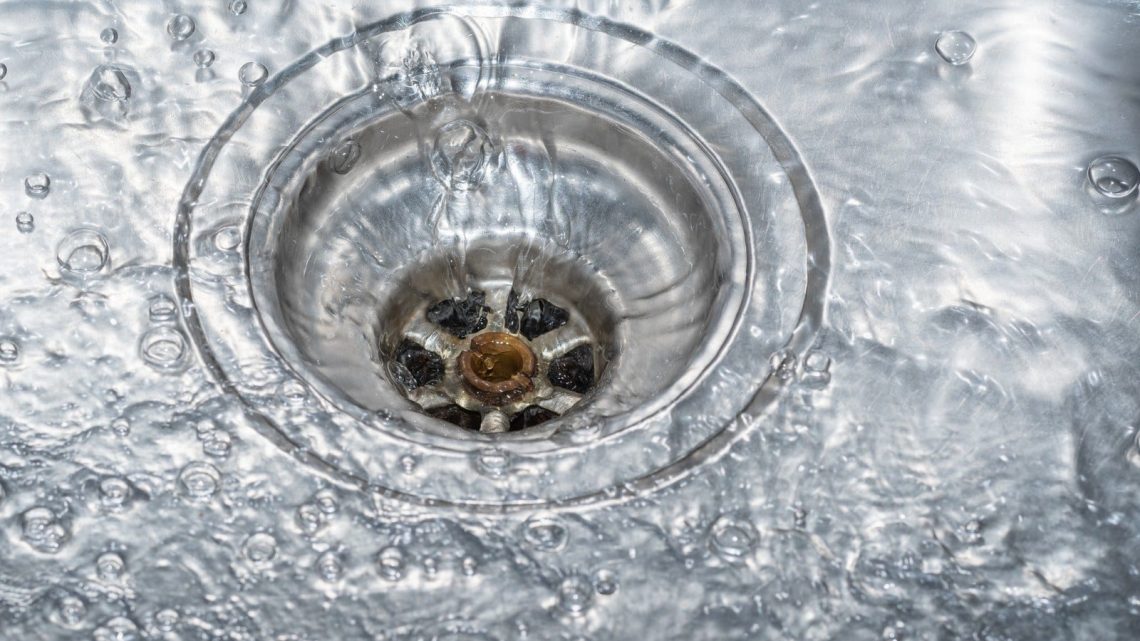
How to Improve a Slow Draining Sink in 8 Easy Steps?
March 29, 2022There are situations related to problems in the house, which no one has avoided and which we have all faced many times in our lives. Nobody likes them, but they are an integral part of housing and the constant and frequent use of electricity, water and heating installations.
The most common problems are with water and electricity, sometimes smaller and easier to solve, and sometimes more difficult and complicated. We all had bad luck, such as: short circuit, blown fuse, damaged wires in plugs, worn out light bulbs…
Also, we all know what are clogged drains, toilets, leaking faucets, damaged rubber bands in batteries, cisterns that loosened the seal…
In short, the problems with water and electricity are among the most regular and it can be said that we were lucky if the failures were small, so we did not experience a fire or flood.
Every time we find out that the water stays in the sink, bathtub, shower, toilet … it doesn’t go away as fast as usual, or, even worse, it doesn’t go away at all, the fact is that our mood is instantly spoiled. We are probably already experienced, at least to some extent, so we will try, for a start, to intervene on our own.
In these attempts, it is good to know the following tricks, which could be useful to us and how to avoid the arrival of plumbers.
1. Mechanically Remove the Obstacle
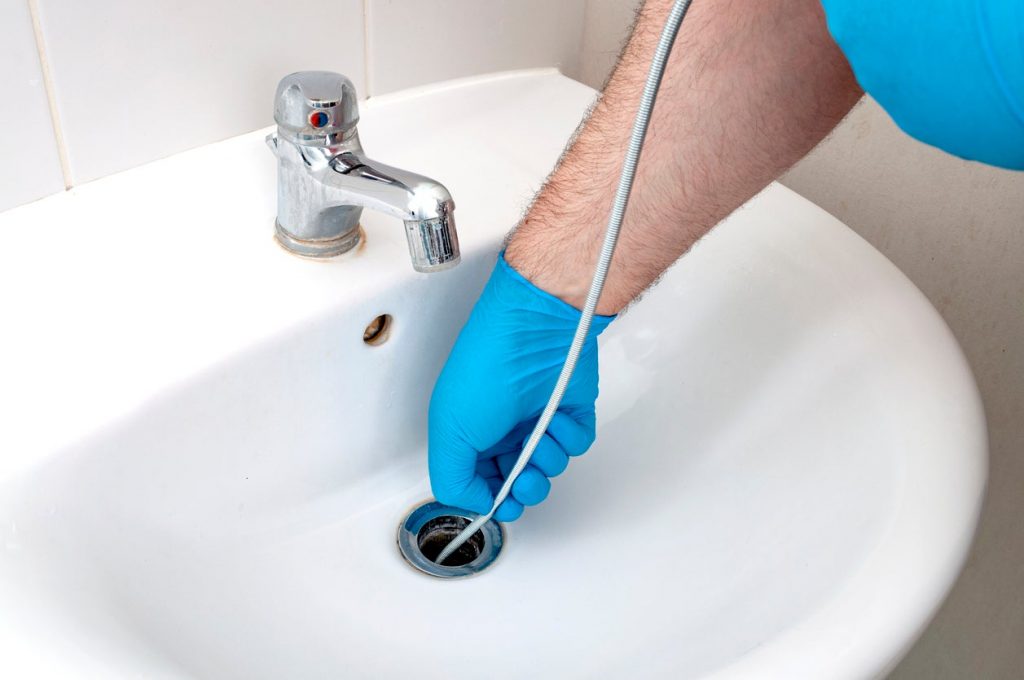
Source: bobvila.com
It is always wise to start from the simplest and most logical step. Make sure something is not stuck in the drain. Maybe it can be seen and taken out and thus resolve the situation, in the easiest and fastest way.
Maybe it’s dirt, hair, soap deposits or toothpaste… maybe a hair band or a shampoo plug or something else has become inflamed. The sink may be jammed with a shell of something or food waste.
Light the drain, try to crack with a thin wire, without forcible pushing, it is possible that you will discover the cause of the blockage and remove it.
2. Plungers
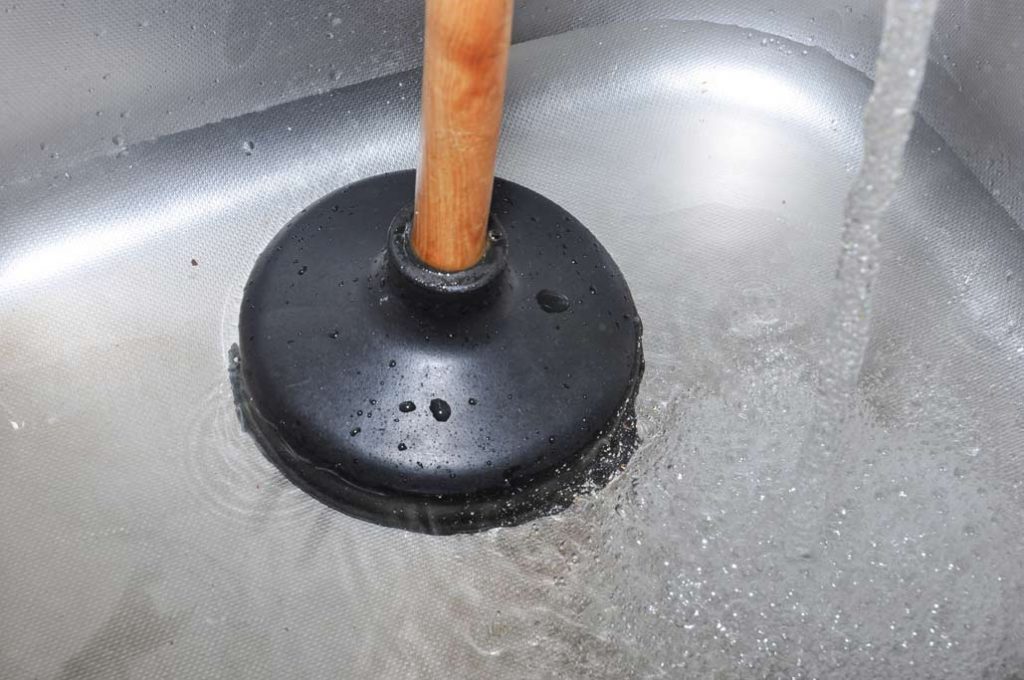
Source: mlplumbing.com.au
This, too, falls under mechanical intervention and is effective in a large number of cases. By using plungers, you create a vacuum in the pipes and in this way the dirt plug can be pulled out or softened and moved, and later washed with a jet of hot water.
There are different sizes of plungers, for different drain diameters, smaller and larger. It is wise to have several species in the house, depending on the diameter of the drains that are present in your house.
3. Baking Soda
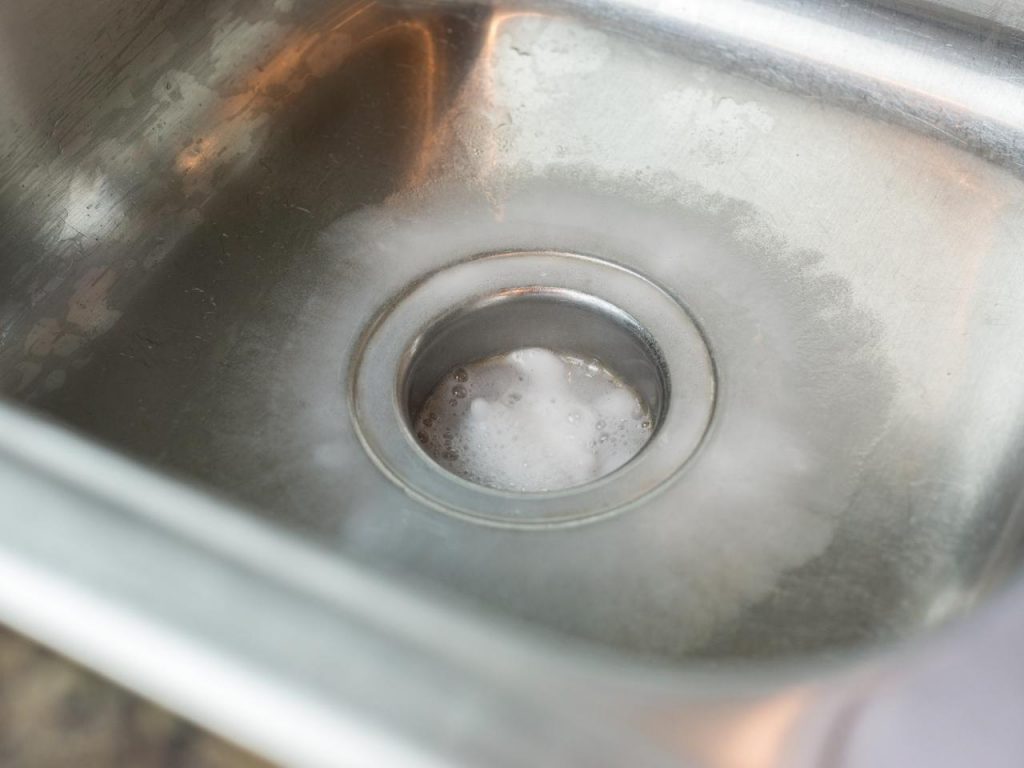
Source: hgtv.com
Professional plumbers behind sewersquad.ca told us if mechanical way have not helped, it is time to focus on the chemicals and the reactions they cause. Baking soda is something no household can do without. Its purposes are multiple, and best of all it is absolutely non-toxic and therefore harmless to humans and the living world.
A large amount of grandma’s soda powder can be poured into a drain of any kind and left to stand for a while. It will slowly melt and degrease drains and pipes. It can also be mixed with dish detergent, so the effect will be synergistic. When it comes to grease or dirt, this method is great.
4. Vinegar and Baking Soda

Source: cnet.com
This is also an effective and harmless tool, which often helps. It is necessary to mix vinegar salt and baking soda salt and pour into the drain. The reaction will be violent, soda is alkaline, and vinegar is an acid, there will be a lot of foam, but it can be left to act for an hour.
If the drain is released and it starts to drain, rinse with a jet of hot water at the end. You can let the jet run for a while to make sure the dirt plug is dissolved and eliminated.
5. Coca Cola and Similar Beverages
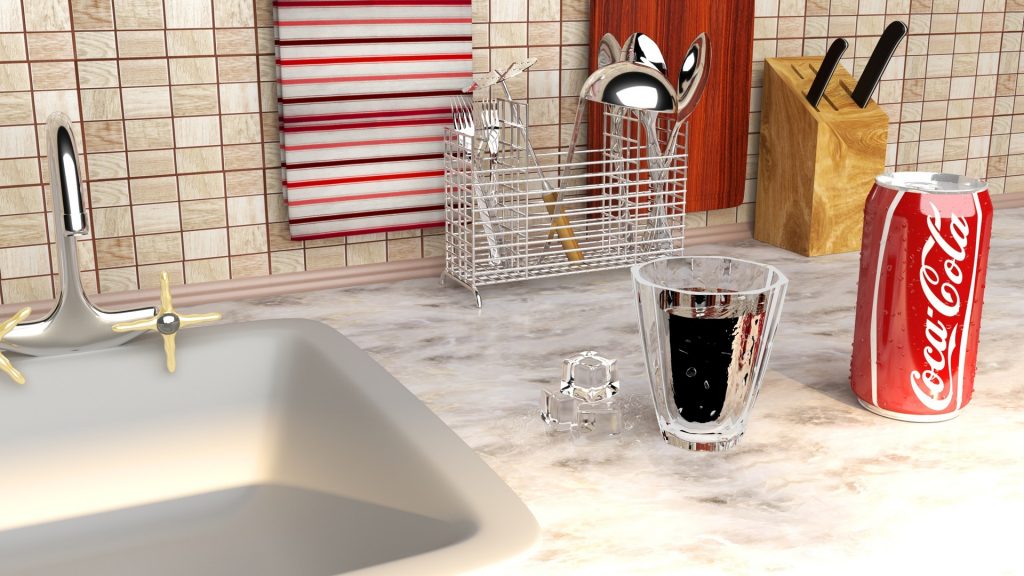
Source: artstation.com
This method can help if the blockage is not very stubborn. Cakes are milder, but they act on dirt and grease. Pour out a 2 l bottle and wait for about twenty minutes. Then rinse with warm water. These drinks successfully remove limescale, so you will be surprised by a shiny sink, sink or toilet, after the intervention with this tool.
6. Special Chemicals for Draining
There are also specially produced chemicals on the market for this purpose. These are various compounds that include caustic soda, and there are various types of gels, liquids and powders that are extremely effective in releasing pipes.
The problem is that these are usually toxic substances, the fumes of which can damage the eyes and respiratory organs. They are also harmful to the living world, so it would be better to avoid them, unless they are really necessary.
When using it, it is necessary to open the windows or turn on the ventilation and only then pour them into the drain. After them, heated water is poured, it all evaporates, and caution is needed when handling it. Don’t forget to protect your hands with rubber gloves.
These chemicals are not recommended, especially not often, if you have an old house with old pipes that could be significantly damaged. This method should be effective and solve your problem.
7. Clean the P-trap
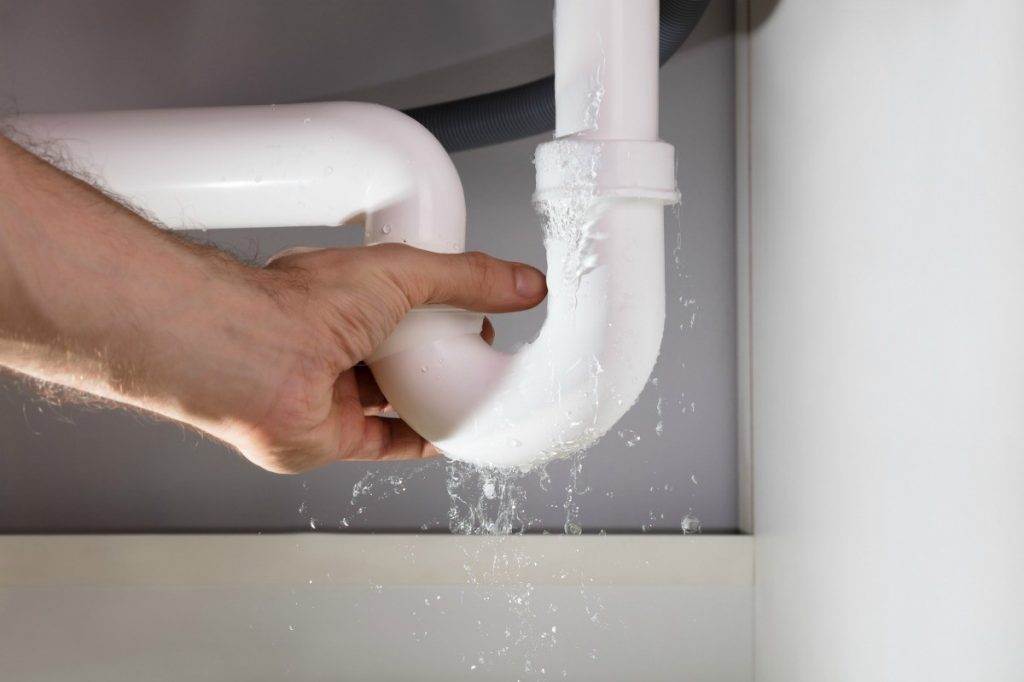
Source: thriftyfun.com
No matter how tidy you are and keep your toilets and sinks clean, wash them regularly and be careful not to add anything harmful, but it is inevitable that sometimes something unplanned will go away. Also, grease, limescale, detergents, soaps and narrow the passage in the pipes are deposited.
It is necessary to periodically clean the P-trap and thus prevent it from clogging. If none of the previous methods helped, then it’s time to clean the P-trap. It is necessary to unscrew the securing rings lightly and carefully with a tool and disassemble the tank or remove the pipe.
Place a basin under it, dirty water will boil, prepare wipes. Wash the outside and the inside of the P-trap and put it back in place. Now the whole system of pipes from the drain to the siphon has been washed and cleaned and should drain the wastewater flawlessly.
8. Call a Professional Plumber

Source: millwoodplumbing.ne
If none of this helped, then you will be forced to call a plumber. It is possible that the plug is deeper, in the pipes and that it can only be removed with a cable.
A professional has adequate tools and experience, so he will do what you could not. Sometimes it is necessary to decide on this step.
Conclusion:
It is always advisable to run a meticulous household, regularly monitor and clean everything related to the kitchen and bathroom and occasionally disinfect with baking soda, vinegar, ecological detergents…
With your regular maintenance and attention, you will prevent major interventions, costs and clutter that occur with such interventions. Behave responsibly and carefully and there is a good chance that any problems with your drains will be minimized.


